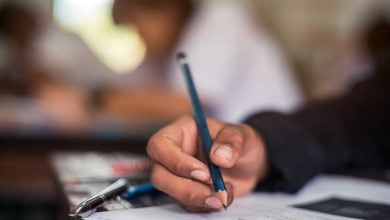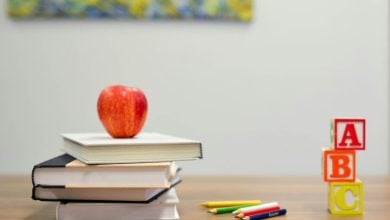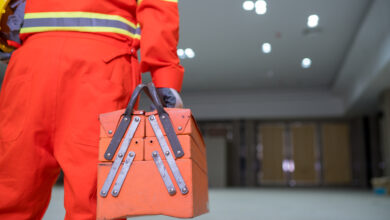The role of imagination in learning
Curriculum and pedagogy academic Prof. Peter O’Connor speaks to School News on the role of imagination in learning.
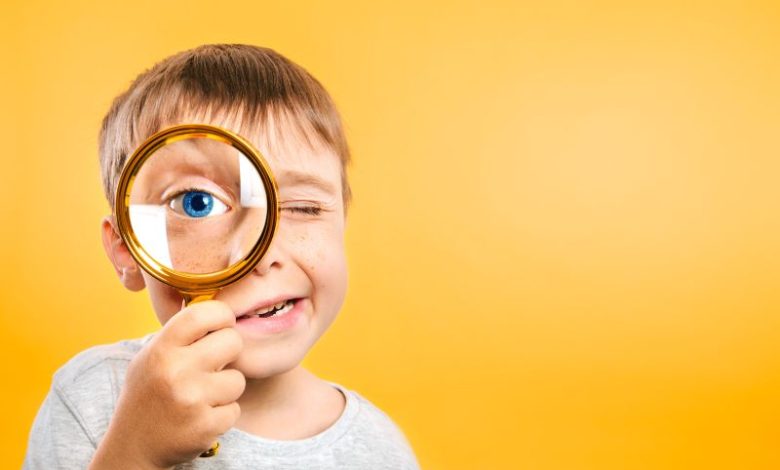
Peter O’Connor is a professor of curriculum and pedagogy at The University of Auckland whose work focuses on creativity and education.
In 2020 he established the Centre for Arts and Social Transformation (CAST) at the University of Auckland, where he now directs and oversees interdisciplinary arts-based research projects.

O’Connor’s education work includes leading the development of Te Rito Toi, which uses an arts and wellbeing model to support school transition through the ongoing pandemic. He is currently working on a mental health education approach for primary schools alongside the Sir John Kirwan Foundation, and he is a founding member of the Aotearoa Educators’ Collective.
Read the latest print edition of School News HERE
At the end of August 2024, Peter O’Connor gave a lecture on the role of imagination in schools as part of the Raise the Bar initiative, which sees academics bringing their research directly to the public. The following Q&A draws on that presentation.
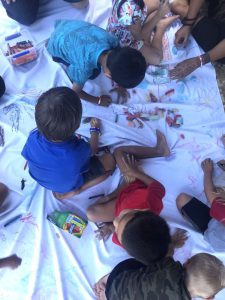
What role does imagination play in learning?
The imagination sits at the heart of learning and all knowledge systems. Very young children use their imaginations to know the world. They, for example, put on their mother’s shoes to know in an embodied sense what it is to be the most important person in their lives. As they move in her shoes they engage in deep cognitive and affective processes of coming to know not only their mother, but also to understand their relationship to her. This powerful learning also sits at the heart of all scientific discovery. The simple question “what if?” sits at the heart of scientific method and artistic identity. The question springs from the imagination to drive us to not only know the world, but to reshape it.
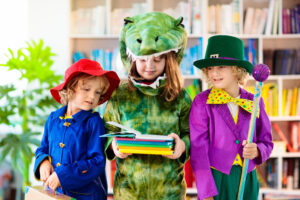
An imagination rich curriculum in schools is one which teaches children about the world as it, is but it also encourages them to think about what it might become. The real change the world craves can only come about through creative solutions. Knowledge of what is, of what has been, is inadequate for the needs we face as a nation and a planet.
How does this connect to the role of empathy in learning?
The pandemic of right-wing populism and dehumanising ideologies threatens global democracy. The failure of people to recognise and empathise with the pain and suffering of others collapses human decency and dignity. Imagining ourselves as others sits at the heart of empathy, and empathy is the core of our shared humanity. When the government talks about doing the basics brilliantly, the basic we need to get right, even more than reading and writing, is empathy.
What do we know about the mechanisms of imagination and learning?
We know that we learn best through reflection on experience. Experiences that combine the body, use a wide range of the senses, the mind and the heart are most successful in embedding rich and deep understanding of any area of learning. Science and maths can and should be taught imaginatively.
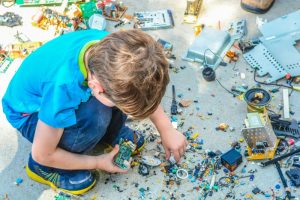
We know that social and imagined play is vital for language development, essential for building the kinds of classrooms where children want to learn.
We know children who lead arts rich lives do better in the basics of reading and writing. Schools that have rich arts curriculums have children more engaged in learning and do better at “the basics”.
How can we encourage using the imagination in schools?
Current changes proposed for schooling are designed, deliberately or not, to kill children’s curiosity. The proposed plans fly in the face of evidence and reduce schooling to a chore. A Prime Minister who values the arts and doesn’t dismiss them with a flick of the wrist as ‘nice to haves’ would be a start to encouraging not just imagination in schools but to a creative and joy filled society. There is more to life than money. Embedding the arts as powerful ways not only to express our thinking, but recognising they are forms of thinking would be good. Using the extensive national and international evidence on the value of the imagination to inform curriculum reform might be beyond even my imagination.
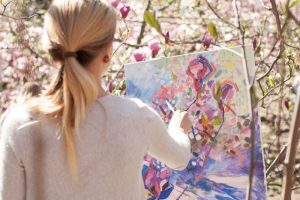
What are some examples of teaching practises that encourage the use of imagination?
Asking questions that have many answers. Teaching where the curiosity of children is rewarded. Teaching where it’s okay to make mistakes. Teaching where children feel their passions and interests are met. Teaching where learning arises from the experience instead of prescribed outcomes at the start. Teaching where meeting the required standard is not the only goal.
How does this relate to your work at CAST?
CAST just hosted 250 teaching artists from around the world to share their research and practice that reveals the power of the arts to regenerate hope in communities, re-engage people with the joy of learning and to enhance physical, mental and spiritual health. CAST is part of a network of research groups that are adding to a rich understanding of the links between imagination and learning.
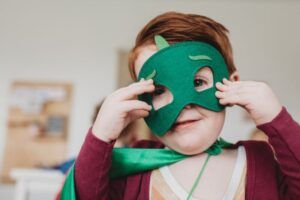
How can an imaginative approach address some of the issues we see in schools?
If school is a chore, a place where you sit and spell out letters and listen to direct instruction and there are only minutes left in a day for creativity, then it will be even harder to get kids to school and keep them there. Punishing parents whose children truant because they see little point in sitting and listening all day seems to be blaming the wrong people.
The rewritten curriculum documents lack a vision of how wonderfully adventurous learning can and should be.


